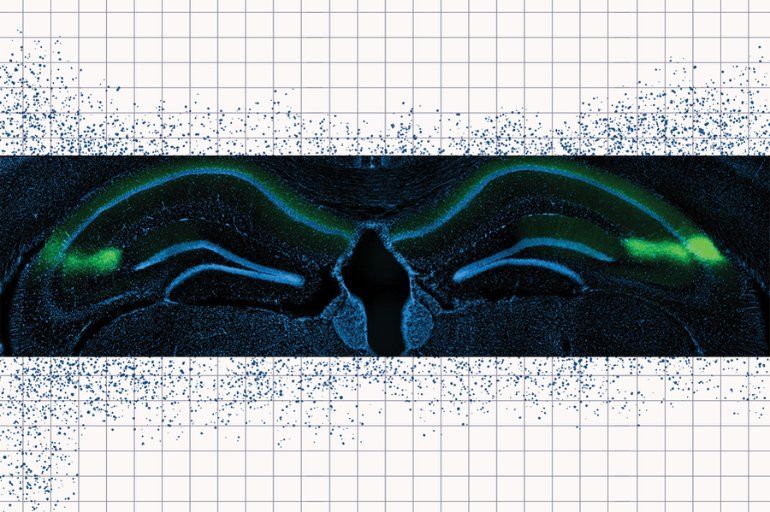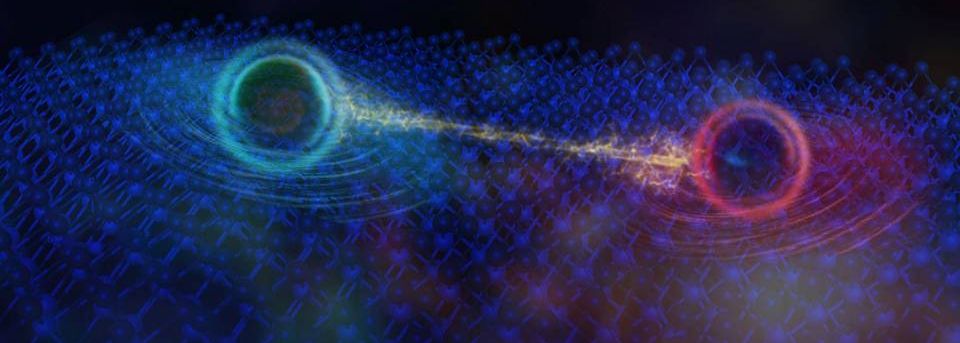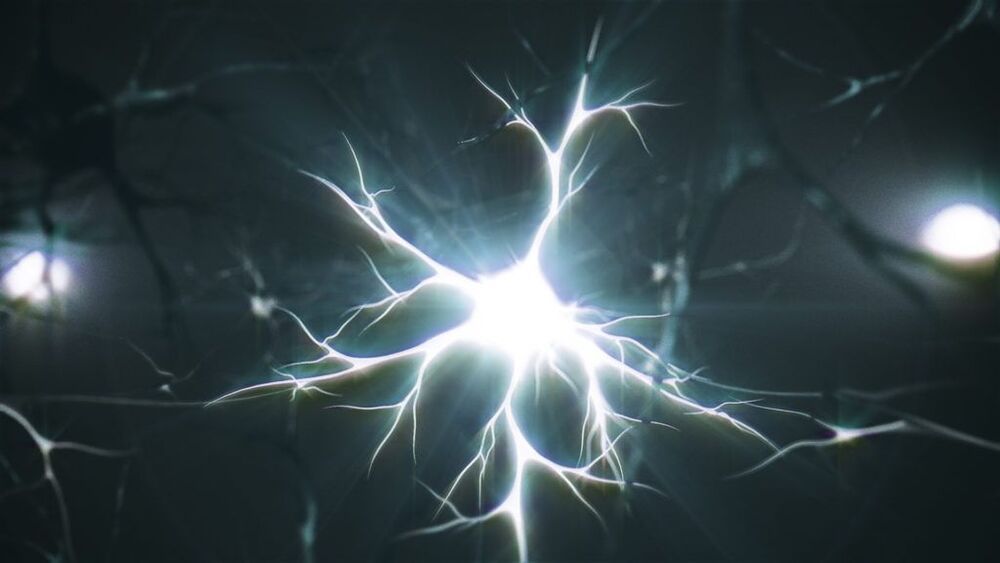The potential foray into “personal air mobility” was announced as part of Cadillac’s portfolio of luxury and EV vehicles. It included an autonomous shuttle and an electric vertical takeoff and landing (eVTOL) aircraft, or more commonly known as a flying car or air taxi.
Michael Simcoe, vice president of GM global design, said each concept reflected “the needs and wants of the passengers at a particular moment in time and GM’s vision of the future of transportation.”
“This is a special moment for General Motors as we reimagine the future of personal transportation for the next five years and beyond,” Simcoe said.








